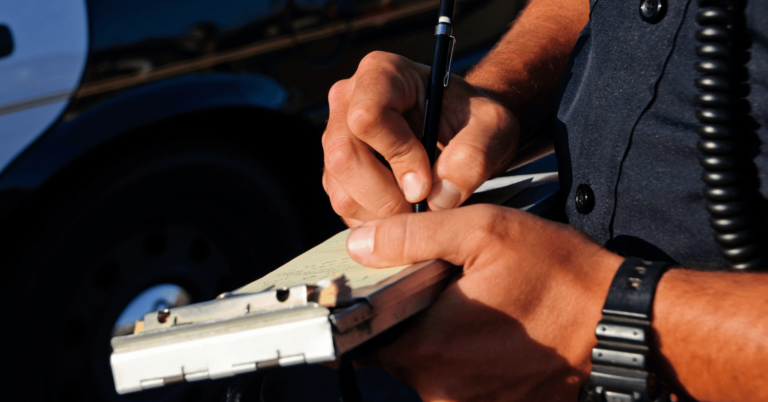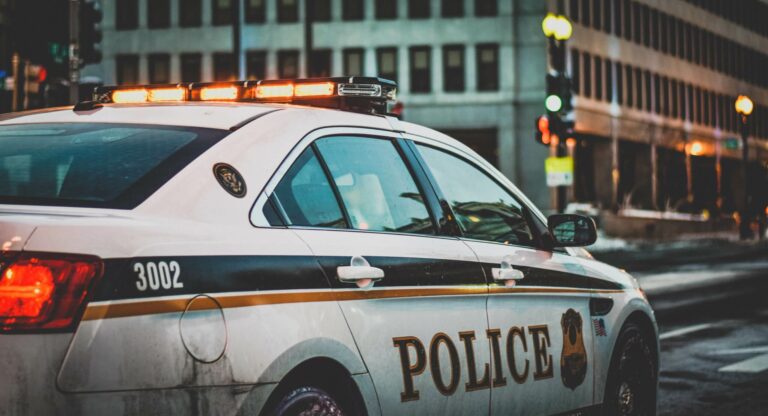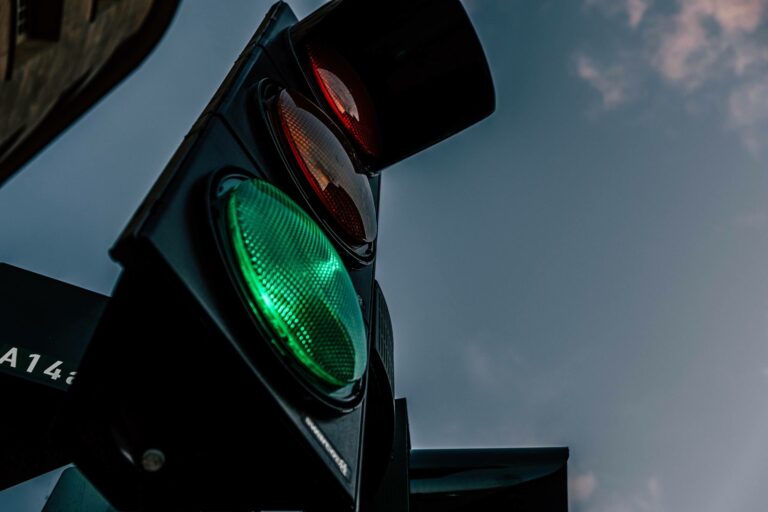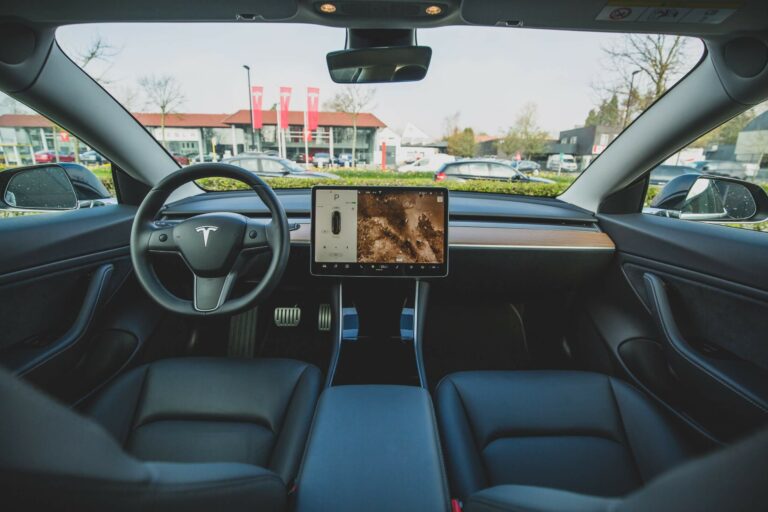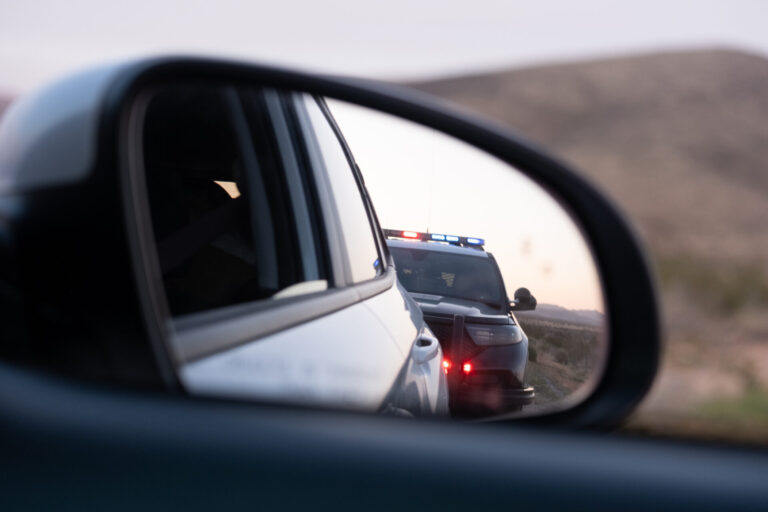Do Courts Get Videos from Traffic Cameras in Maryland?
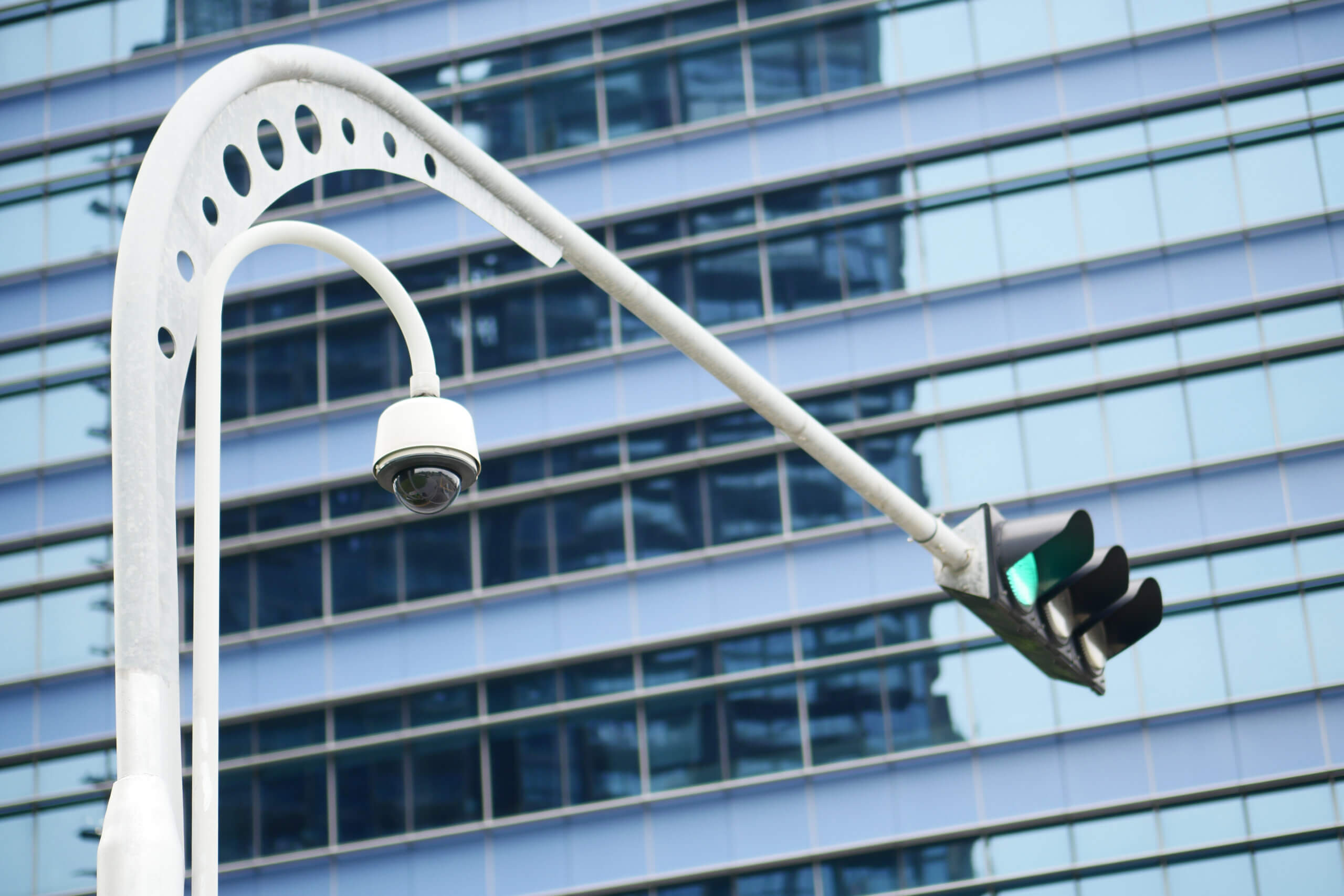
Do Courts Get Videos from Traffic Cameras in Maryland?
If you live in Maryland, then you’re probably aware that the state employs traffic, red-light and speed cameras throughout the state to monitor driver behavior. And while it can be a nuisance to receive a ticket in the mail for going just a few miles per hour too fast or passing through an intersection a half-second after the light has turned red, ultimately these cameras help to keep all of us safe by reminding us to obey the rules of the road.
Not Just for Tickets
Cameras serve another important purpose as well – providing evidence in case of an accident. Let’s say your car is hit by someone running a red light. If there aren’t any witnesses around to corroborate your story, you might have a tough time filing a claim and proving that the other driver is at fault. Or the other driver might even try to say that you are at fault for the accident, because you jumped the light. And, not surprisingly, insurance companies will likely be reluctant to pay your claim without ironclad proof that you deserve the payout.
That’s when camera footage can be extremely valuable. Obviously, you have a much stronger case if you’re able to provide photographic or video proof that you were indeed the victim in a car accident.
Obtaining Video Evidence
Unfortunately, even though traffic cameras in Maryland operate 24 hours a day, the Maryland Department of Transportation (MDOT) doesn’t store video footage anywhere (they only stream it live on their website). So you won’t have too much success obtaining evidence of your accident, because it doesn’t get saved.
On the other hand, red-light or speeding cameras do store their footage (which is how you get those pesky tickets in the mail from time to time). If there is a camera at the scene of your accident, you might be able to obtain photos of the crash that can help your case. Keep in mind, though, that photos are a lot less conclusive than video – they may be blurry, and they don’t provide the most accurate description of the sequence of events. The camera would also have to be triggered at the exact moment of your crash in order to be helpful, the likelihood of which isn’t particularly high.
The Burden of Proof
Still, camera evidence is better than nothing. Or is it? Keep in mind that insurance companies are always looking for ways to avoid paying out large claims. So they will likely request access to this evidence as well – and so will the other person (or people) who were involved in the accident. Depending on how conclusive the photos are, the insurance company or the other driver may try to use them to cast doubt on your claim. Don’t forget that Maryland is a contributory negligence state. That means that in order to receive compensation for a personal injury, you must be able to prove that you are 100% not at fault. If an insurance company (or the other driver) can make a compelling case that you are even 1% liable for the accident, you are not eligible to receive any compensation. (If this statute sounds severe, that’s because it is – only four states and the District of Columbia adhere to the rule of contributory negligence, while every other state in the country generally allows for a sliding scale of compensation based on percentage of liability.)
What About Private Security Footage?
If MDOT traffic camera footage archives are unavailable and red-light or speeding cameras can be relatively unreliable, you may be wondering: is there any other way to provide conclusive evidence of your accident? One thing you might be able to explore is the possibility of private security cameras in the vicinity of the crash. Perhaps there is a business nearby, or even a private residence, with cameras that monitor the road. Road surveillance by a private camera is not illegal, given that the road is a public area and can easily be seen by others. And it’s likely that these cameras store footage in an archive of some sort – either on a physical server or in the cloud. So if your accident occurs within the camera’s range of vision (and you make an effort to retrieve the video quickly enough), you might be able to get what you need.
Given all of the logistics involved, you might be asking yourself, where do I even start? This is where it’s important to have a competent, experienced lawyer on your side, who can manage the procedure of requesting and obtaining any available private footage. Your attorney will understand all of the steps required, especially if they involve more than just a simple phone call (in some cases a subpoena might even be necessary in order to procure camera footage).
The Bottom Line
Having video or camera proof of your car accident may seem like a slam dunk when it comes to demonstrating your innocence. But you might have some hoops to jump through when it comes to obtaining the footage. And you should expect the insurance company investigating your claim to closely examine this footage as well, looking for ways to disprove that you are the victim (or at least trying to show that you are partially at fault). With a little perseverance and the help of a smart, capable attorney, you can navigate these potential roadblocks and make the strongest possible case for compensation.
If you’ve been injured in a car accident and you think that video or camera footage might support your right to a claim, contact the Law Offices of Nicholas Parr in Baltimore, MD today to schedule your free consultation. We don’t receive a fee unless we win.

